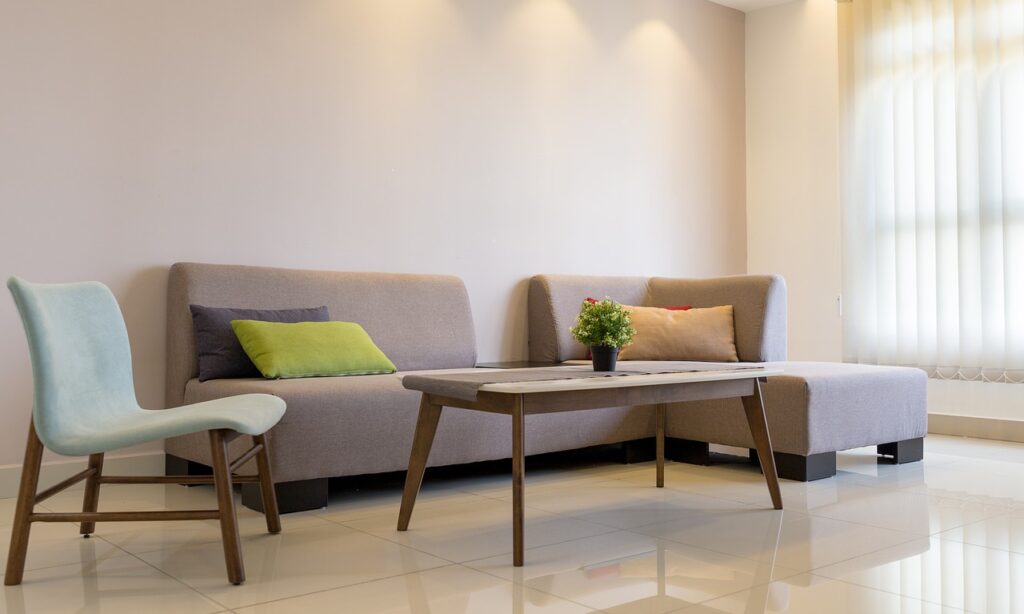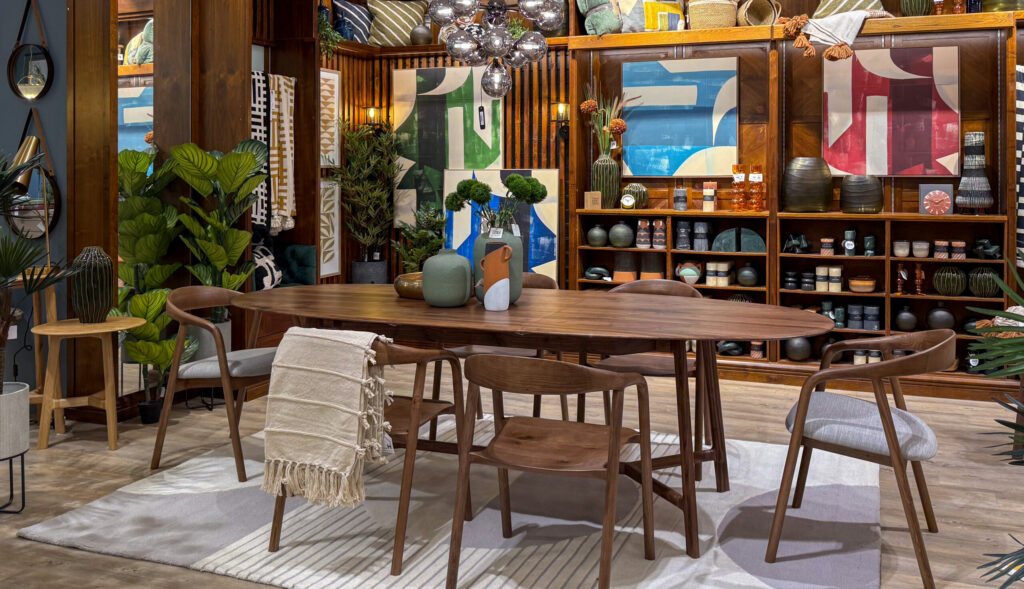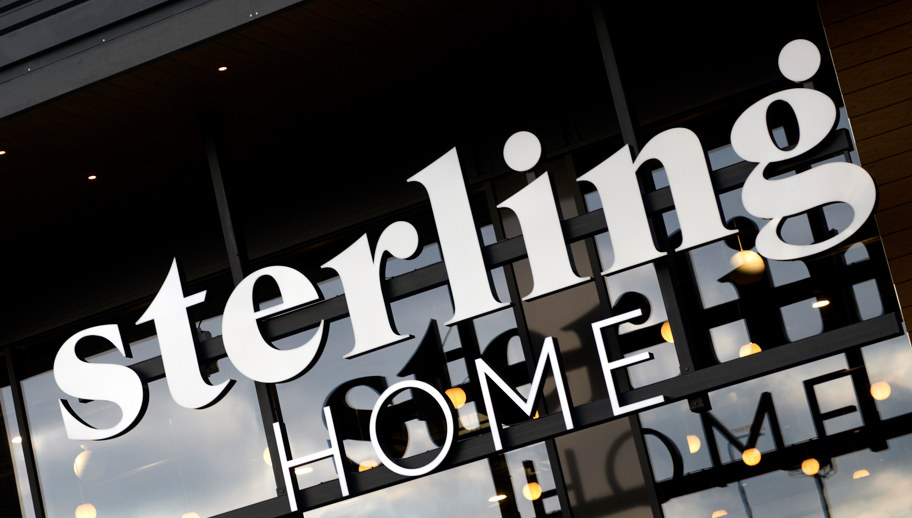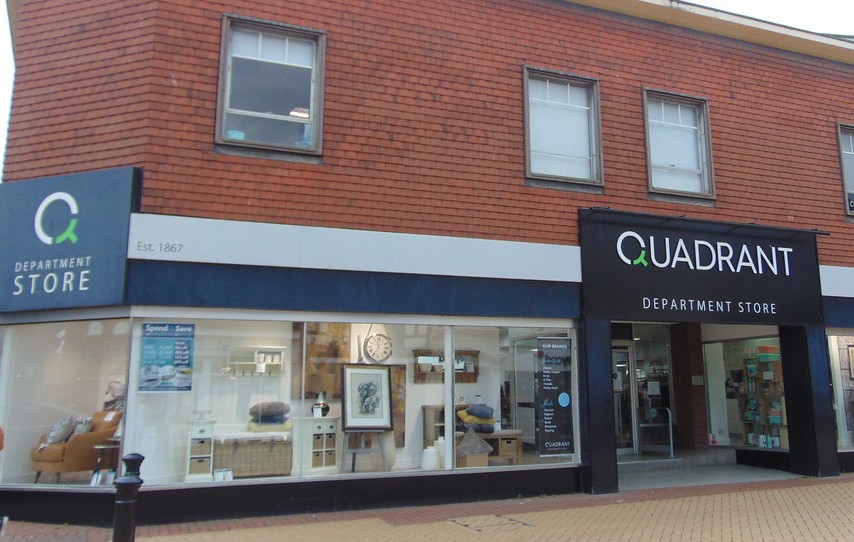UK retail sales were down in May as squeezed consumers cut spending with higher value items such as furniture continuing to take the hit, says the BRC.
According to the latest BRC-KPMG Retail Sales Monitor for May 2022, total sales decreased by 1.1%, against an increase of 28.4% in May 2021. On a three-year basis, total retail sales grew 6.2% during May compared with the same month in 2019.
UK retail sales decreased 1.5% on a like-for-like basis from May 2021, when they had increased 18.5%. This was below the 3-month average decline of 1.1% and the 12-month average growth of 1.8%.
Over the three months to May, Food sales decreased 1.3% on a like-for-like basis and 0.7% on a total basis. Non-Food retail sales decreased by 1% on a like-for-like basis and increased 2.0% on a total basis.
In-Store sales of Non-Food items grew 31.5% on a total basis and 24.1% on a like-for-like basis. This is below the total 12-month average growth of 39.2%.
Online Non-Food sales decreased by 8.5% during May, compared with a decline of 8.1% in May 2021. This is above the 3-month decline of 18.0%.
Non-Food Online penetration rate decreased to 38.7% in May from 42.2% in May 2021. However, it was up 7.3 percentage points on the 31.4% seen at the same point in 2019.
Helen Dickinson OBE, Chief Executive at British Retail Consortium, said: “Sales continued to see declines as the cost-of-living crunch squeezed consumer demand. Higher value items, such as furniture and electronics, took the biggest hit as shoppers reconsidered major purchases during this difficult time. Nonetheless, fashion and beauty did well as people prepared for holidays abroad and the summer’s social calendar; with red, white and blue outfits adorning shopping carts ahead of the Jubilee weekend. Meanwhile, online sales appear to have stabilised at a ‘new normal’, with the share of total non-food retail sales coming through digital channels settling at around 39% compared with 30% pre-pandemic, though this is well down on lockdown peaks.
“It is clear the post-pandemic spending bubble has burst, with retailers facing tougher trading conditions, falling consumer confidence, and soaring inflation impacting consumers spending power. Supply chain issues including rising commodity and transport costs, a tight labour market and higher energy bills are forcing retailers to increase their prices, contributing to wider inflation. Profits may be squeezed further, as retailers continue to find efficiencies in their own operations and supply chains to reduce the impact of future price rises for consumers.”
Paul Martin, UK Head of Retail at KPMG, said: “For the second month in a row UK retail sales declined, highlighting that consumers are becoming more sensitive to the cost of living.
“Non-food purchases related to the home, such as furniture, home appliances and computing, suffered the biggest falls in spending in May. Online, although still significantly higher than before the pandemic, has now experienced a double-digit decline over the last three months.
“There was better news though for clothing, footwear and accessories sales, with both in-store and online purchasing driven up by the approach of the summer season and the promise of outdoor events and travel firmly on many consumers’ radars.
“The rising cost of living is going to remain the main story for retailers for the immediate future, with consumer confidence a key factor to watch out for. Retailers will be hoping that a post-Jubilee and summer feel-good factor begins to improve confidence amongst some shoppers – as presently overall confidence levels are lower than sales may suggest.
“Cost and efficiency will firmly be top of agenda for most operators, and understanding how they can protect their margins whilst remaining price competitive for consumers.”















